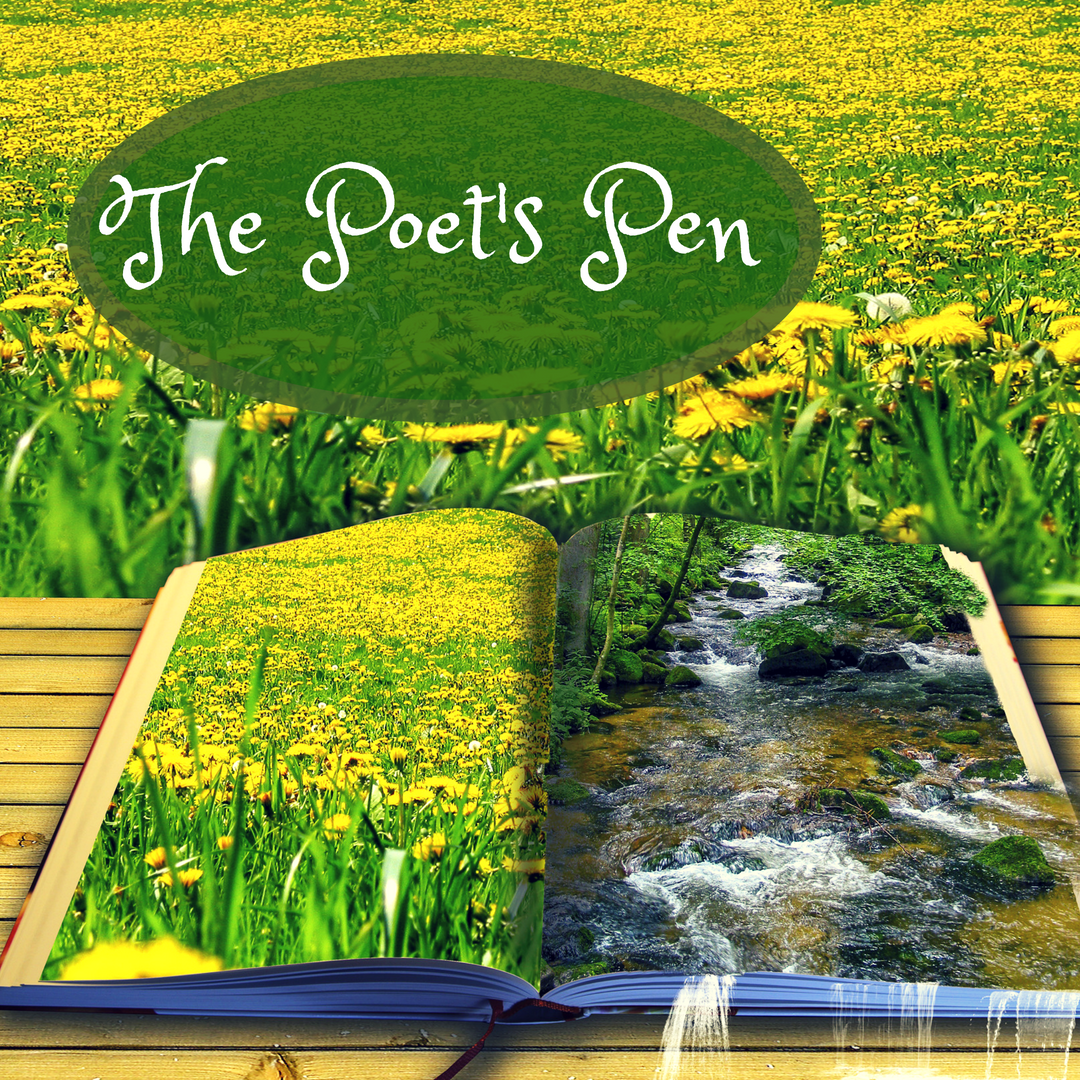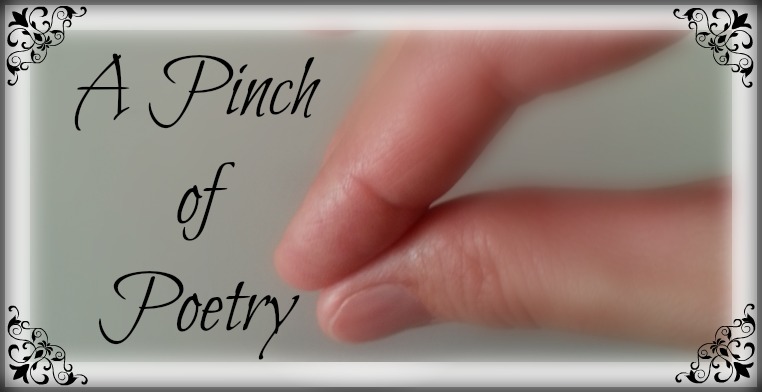
The Poet's Pen
Giving Thanks
There are many ways to show gratitude and writing a Thanksgiving poem is the way many have expressed themselves…
November 13, 2018
There are many ways to show gratitude and writing a Thanksgiving poem is the way many have expressed themselves…
November 13, 2018
This month I thought we might do something different and fun. I want you to write an 81 word…
August 16, 2018
What is blank verse? Blank verse doesn’t recognize a rhyme scheme but it does adhere to a developed metrical…
August 5, 2017
We’re going to explore a very short Japanese form of poetry known as haiku. This type of poem reflects a simpler…
July 15, 2016
Teachers of literature typically define poetry as anything other than prose. Even though this definition is true, it’s vague at…
July 18, 2015